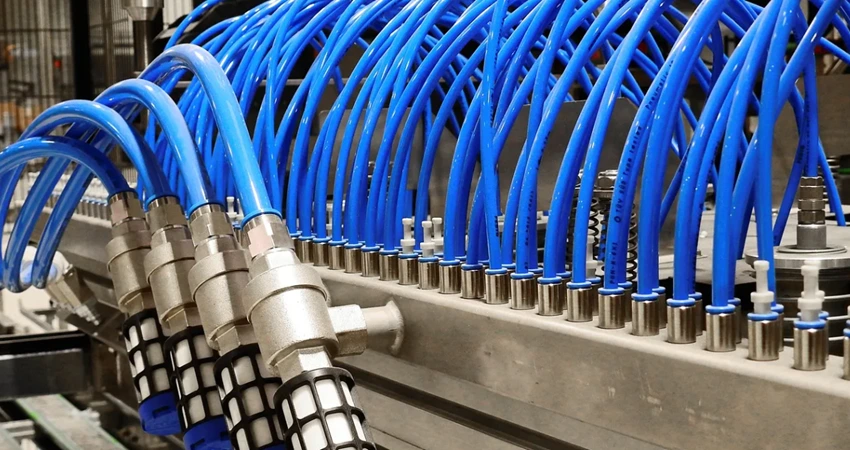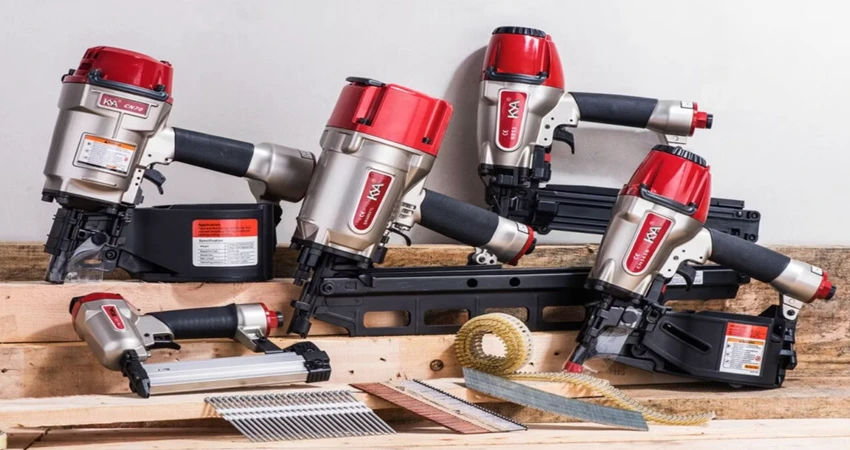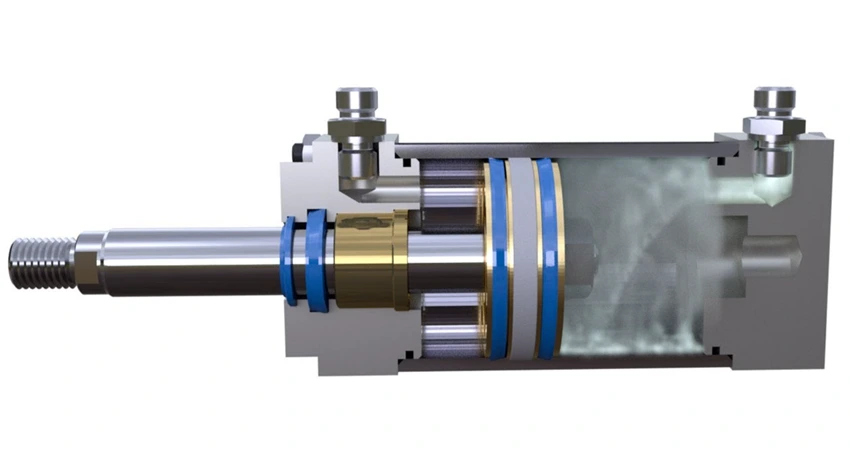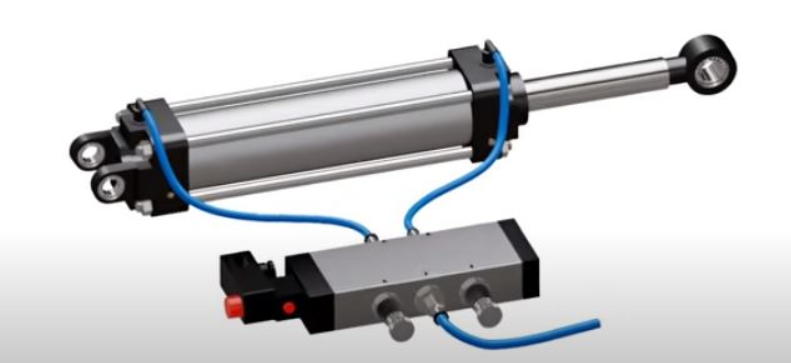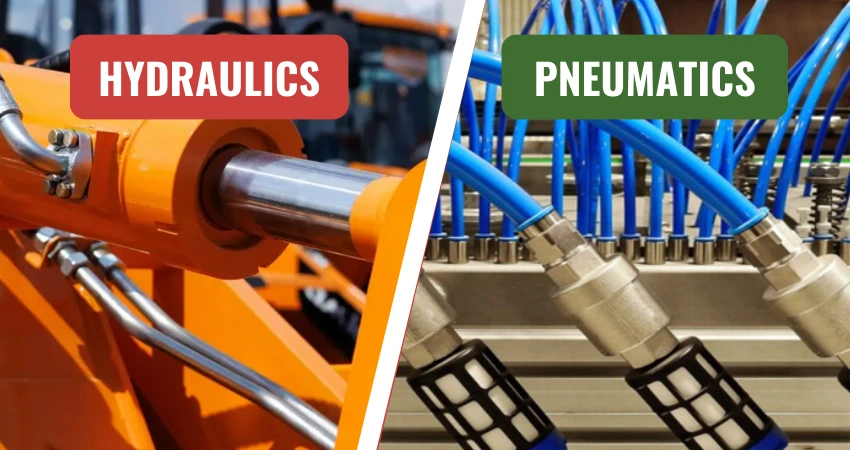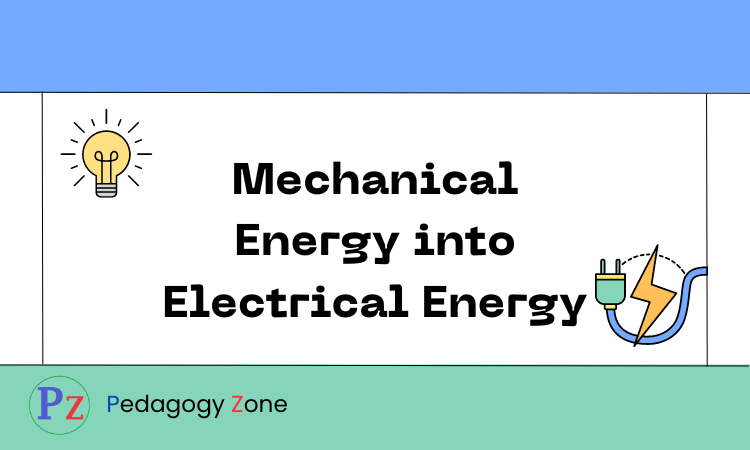Pneumatic energy, also known as compressed air power, is essential in modern technology. It is widely used in different industries, including manufacturing, automation, healthcare, and entertainment. This powerful energy empowers tools and machinery and controls heavy system applications. However, do you know what the source of pneumatic energy is? Understanding its origin and uses is important to learning about its role in different industries.
Origin of Pneumatic Energy
Pneumatic energy comes from the stored potential energy of compressed air, a gas that is pressurized in a contained space. Air, mostly composed of nitrogen, oxygen, and other gases, is compressed into a smaller volume, trapping energy. At release, the compressed air expands, transforming its stored energy into kinetic energy to do work. It is like how a spring stores and releases energy. However, pneumatic systems include air instead of mechanical tension.
Now let’s see what are the sources of Pneumatic energy;
The Source of Pneumatic Energy
1. Compressed Air
The main source of pneumatic energy is compressed air. This air is generally compressed through mechanical compressors, which draw in surrounding or environmental air and push it into a storage container or tank at a higher pressure, compressing its mass and storing more energy in a smaller space. PSI or bar measures the pressure in a pneumatic energy. The pressure and volume of the compressed air determine the amount of stored energy.
There are different important steps to compress air, as given below;
- Air Intake: At first, the compressor pulls in surrounding air from the environment.
- Air Compression: In this step, the air is compressed using mechanical force, usually by pistons, screws, or diaphragms, which decrease its volume and raise its pressure.
- Air Storage: Now, the pressurized air is stored in a container, generally made of steel or other strong materials, to preserve the pressure and retain the energy.
- Air Releasing: When required, the pressurized air is released into the pneumatic system, which expands and completes mechanical tasks like operating tools, machinery, or actuators.
This whole procedure is driven by an energy source like electricity or fuel that helps to run the compressor. The energy from these sources is converted into mechanical work, which compresses the air and allows the energy to be stored as compressed air.
Different Types of Air Compressors
-
Reciprocating Compressors
Reciprocating compressors are piston-driven compressors that compress air by oscillating pistons. They are helpful under high pressure and moderate air-circulation environments.
-
Rotary Screw Compressors
They compress air using the interlocking screws in a continuous flow. Retray screw compressors support industrial applications to provide a constant and large volume of compressed air.
-
Centrifugal Compressors
These compressors rely on high-speed rotating blades to boost the air’s velocity, which is transformed into pressure. They are helpful in large-scale operations like power plants and HVAC systems.
-
Diaphragm Compressors
Diaphragm compressors use a pliable diaphragm to pressurize the air and are widely used in laboratory environments.
All these compressors help produce pneumatic energy, but each has specific uses for different applications.
Uses of Pneumatic Energy
After being released from the storage container, compressed air flows through pipes and valves to operate specific functions. Traveling through the pipes drops air pressure and expands it, changing this storage energy into useful kinetic energy.
Pneumatic devices like drills, wrenches, and hammers operate by quickly expanding air. Similarly, pneumatic actuators rely on compressed air to drive mechanical components, including robotic arms or machinery in automated production lines.
Moreover, pneumatic systems help deliver clean, precise, and controllable power. In contrast to electric motors or hydraulic systems, pneumatic systems are more straightforward, safer, and budget-friendly for specific uses. Compressed air’s quick and easy adjustability to different pressures makes it perfect for tasks requiring variable or exact force.
To summarize, pneumatic energy originates from compressed air stored under high pressure. Air compressors are the main equipment used to generate this compressed air, and the stored energy is then released through pneumatic systems to operate different systems.
Pneumatic energy is appreciated for its simplicity, accuracy, and effectiveness in different fields, from manufacturing to healthcare. Its capacity to store and provide clean, adjustable power makes it a fundamental aspect of contemporary technology in different industries.
